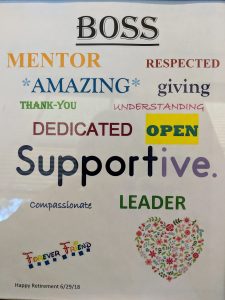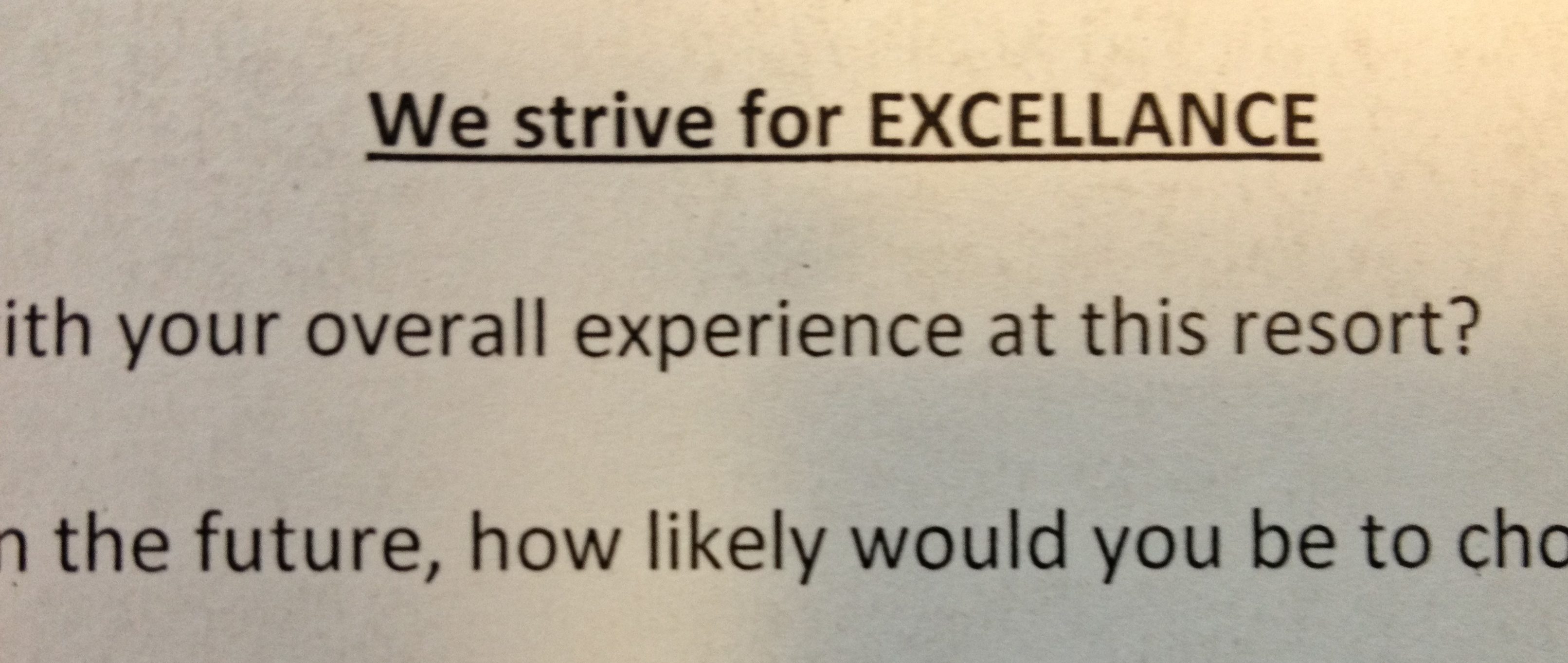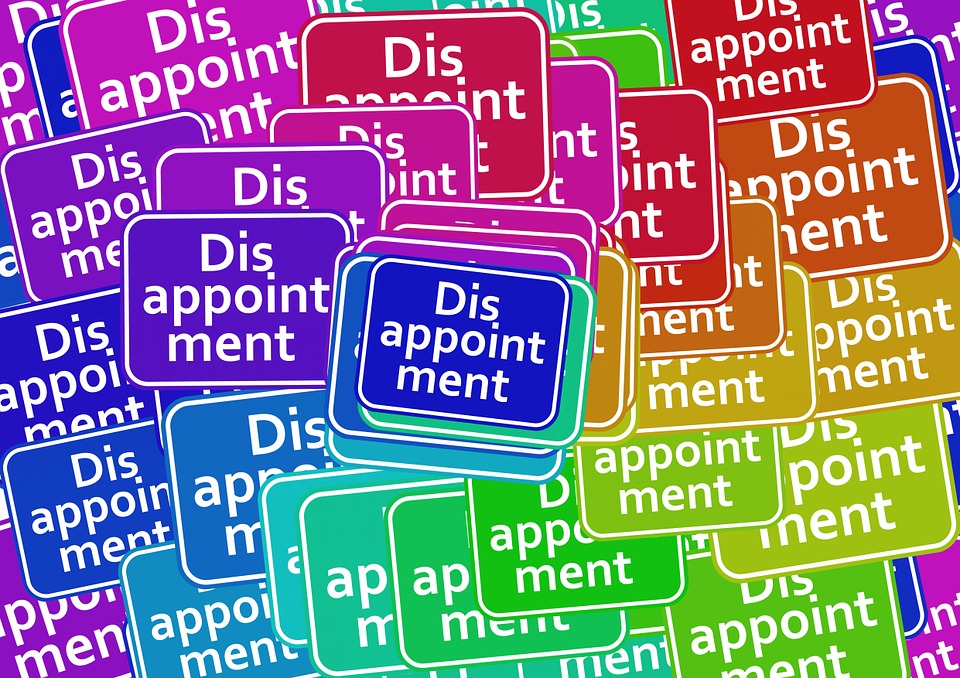To hold on to your customers amid strong competition, it’s important to provide a positive customer experience. But where do you begin?
You start from the inside out with the employee experience because the way employees feel is the way customers will feel – and if your employees don’t feel valued, neither will your customers.
Picture the relationship between the two as a mirror. If employees are frustrated by company policy or internal politics, their attitudes can be reflected in their dealings with customers. Who wants to be served by employees who feel hassled or ready to disengage? It takes only one or two such encounters before a customer goes elsewhere. And who knows how many other customers will hear of their experience?
What do you see when looking into your company’s employee-customer brand mirror?
- a shiny reflection of positive experiences with your internal and external brand?
- a blurred image that needs polishing to be more employee- and customer-focused? or
- a cracked image opening up opportunities for your competitors?
Three keys to creating a positive and polished brand reflection:
- Proactively pay attention and listen to employees to better understand their experience in your workplace; e.g., employee surveys, management by wandering around, engagement discussions, exit interviews, etc. Do your employees have the tools, resources, and information they need to effectively serve customers?
- Based on what you learn from listening to them, involve employees in improving business operations to better care for customers and each other.
- If your organization is in transition or stressed with limited resources, positively acknowledge those who rally the energy and enthusiasm to serve customers and co-workers despite the situation.
If you need a reminder :
“There is no way to deliver a great customer experience with miserable employees.” Steve Cannon
“Always treat your employees exactly as you want them to treat your best customers.” Stephen R. Covey
[Image credit: Photo by Laurenz Kleinheider on Unsplash]




 So which customers come first?
So which customers come first?





